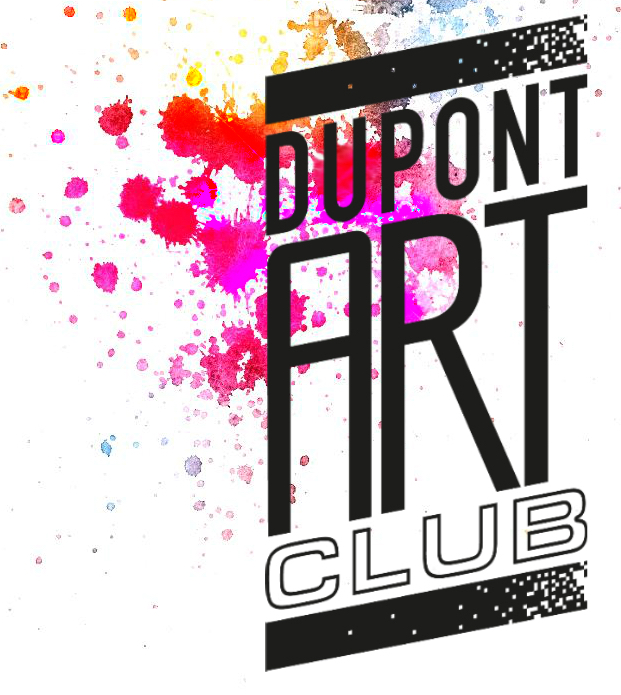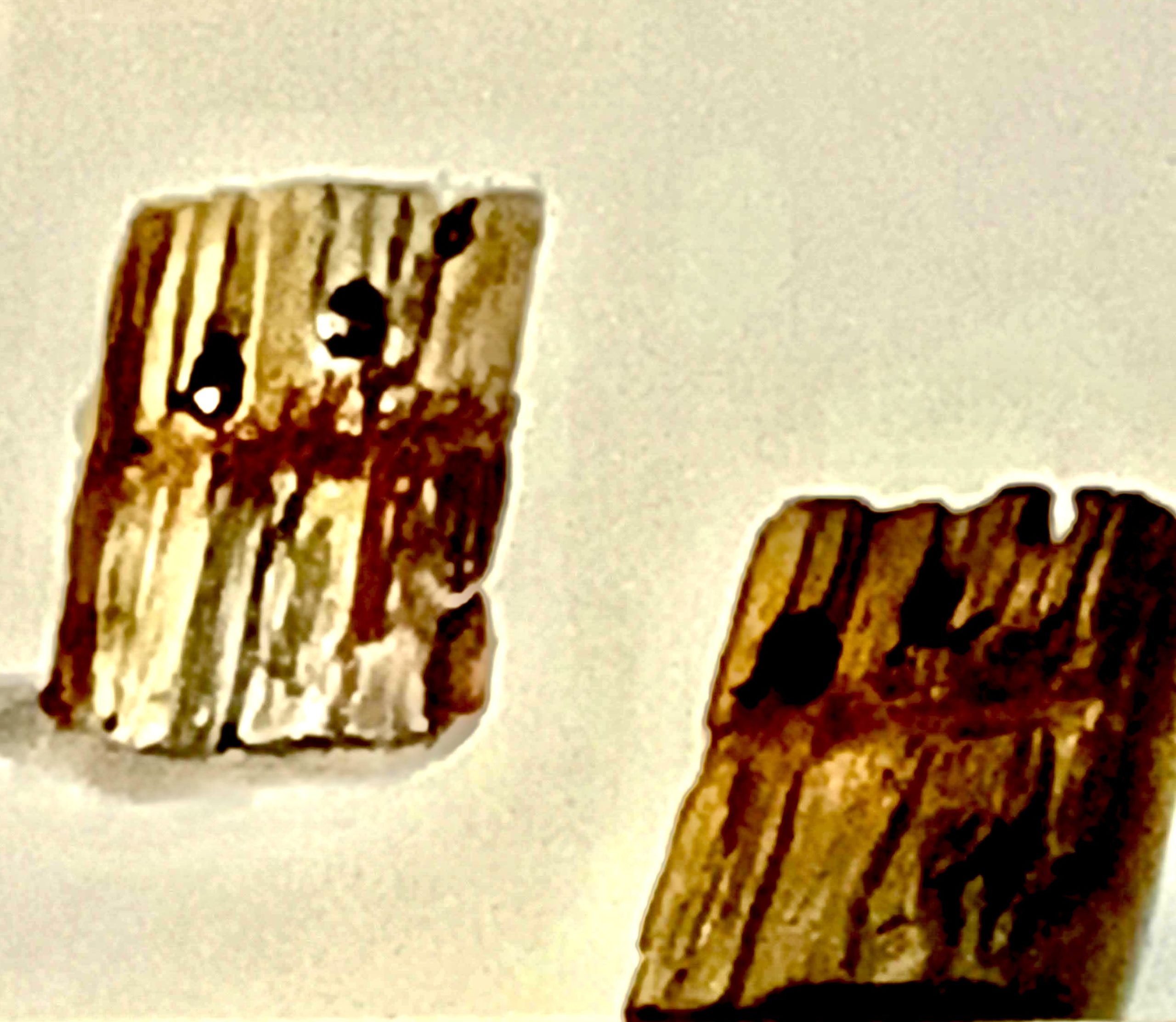A demonstration on capturing texture in driftwood using watercolour
Careful observation is key to the success of this still life. Dupont instructor, Caroline Marsland, laid down an underpainting of the lights and darks of the wood using the brush strokes vertically in the direction of the grain. Then using the tip of the brush to tap in lightly and wiggle to interpret the organic texture, marks and colours. Both wet in wet and wet onto dry techniques were used to allow the watercolour paint to move and blend softly, whilst following the direction of the grain as before. Some small patches were left unpainted at this stage.
The next layer was painted when the underpainting was dry, to build up the texture and reinforcing the tonal values; mixing quite dark colours for the deep grooves and holes in the wood, and using a clean damp brush to lighten the palest areas. Surface texture was achieved by using the brush handle to lightly score the paper, which causes the paint to pool in the scratches.
Finally, the holes and the side of the driftwood were worked on with more dark pigment to create a three dimensional quality. Any areas which had dried too light were also rectified.
The demonstration was done using only one brush – a good quality squirrel hair number 12. This both holds plenty of paint, and retains a good pointed end for the smaller marks.



